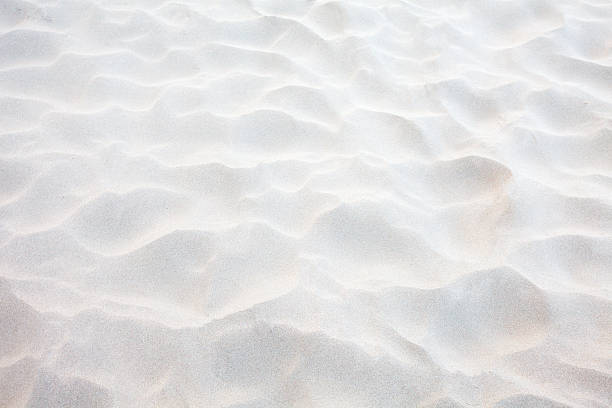Myrtle Beach is the center of the Grand Strand area, a stretch of beach that is one of the top tourist destinations in the state. However, an estimated 14 million people visit this beautiful beach city every year.
Myrtle Beach Population Statistics and Economy
The city’s economy revolves around the tourism industry. Hotels, resorts, and almost 100 golf courses are just a few of the things that fuel this city’s economy. Manufacturing is also an important industry, producing such products as foam, plastic, rubber, and ceramic.
Myrtle Beach Population Growth
Since the first census taken in 1940, the city of Myrtle Beach has primarily seen growth every ten years. The population jumped significantly from 1970 to 1980, rising from over 8,500 to over 18,000. The city did see a decline at the time of the 2000 census, dropping by over 8%.
However, the population was on the rise again at the time of the 2010 census. The census grew by over 19% between 2000 and 2010 to over 27,000. The population has already increased by almost 19% since the last count, according to recent estimates. Looking at this data show that this city is only going to continue to get more significant in terms of its population.


 Myrtle Beach is a city located in
Myrtle Beach is a city located in